Kegel muscles are functionally and medically important for everyone (men and women!), so if you’re wondering if you should take care of your Kegels, the answer is YES.
Kegel muscles are associated with incontinence, back pain, pelvic organ prolapse, hip pain, and even your sexual performance.
When I am treating a patient in the clinic, I make sure to talk about daily positions and movements that affect their condition before educating them on exercises. The reason is that the positions and movements we perform repetitively each day will affect our bodies more than spending 15-30 minutes a day exercising. It’s incredibly important to treat our bodies well by first integrating good posture and movements into our daily habits.

First, I will address sleeping position because it’s one of the most important positions our bodies assumes that determines which muscles are stiff and which ones are too flexible. A sleeping position is like holding a stretch for hours at a time. It might seem like Kegels wouldn’t be impacted by our sleeping position, but if our hips are internally rotated and/or adducted (knee rolled inward and past midline), the pelvic floor muscles are stretched out because they actually attach to the hip bone itself (by way of the fascia of the obturator internus). So when the hip moves “inward” it pulls on the pelvic floor muscles. This happens when we lay on our side without the top leg supported. If you are a side sleeper, I recommend putting one to two pillows between your knees and feet to support your top leg in neutral.
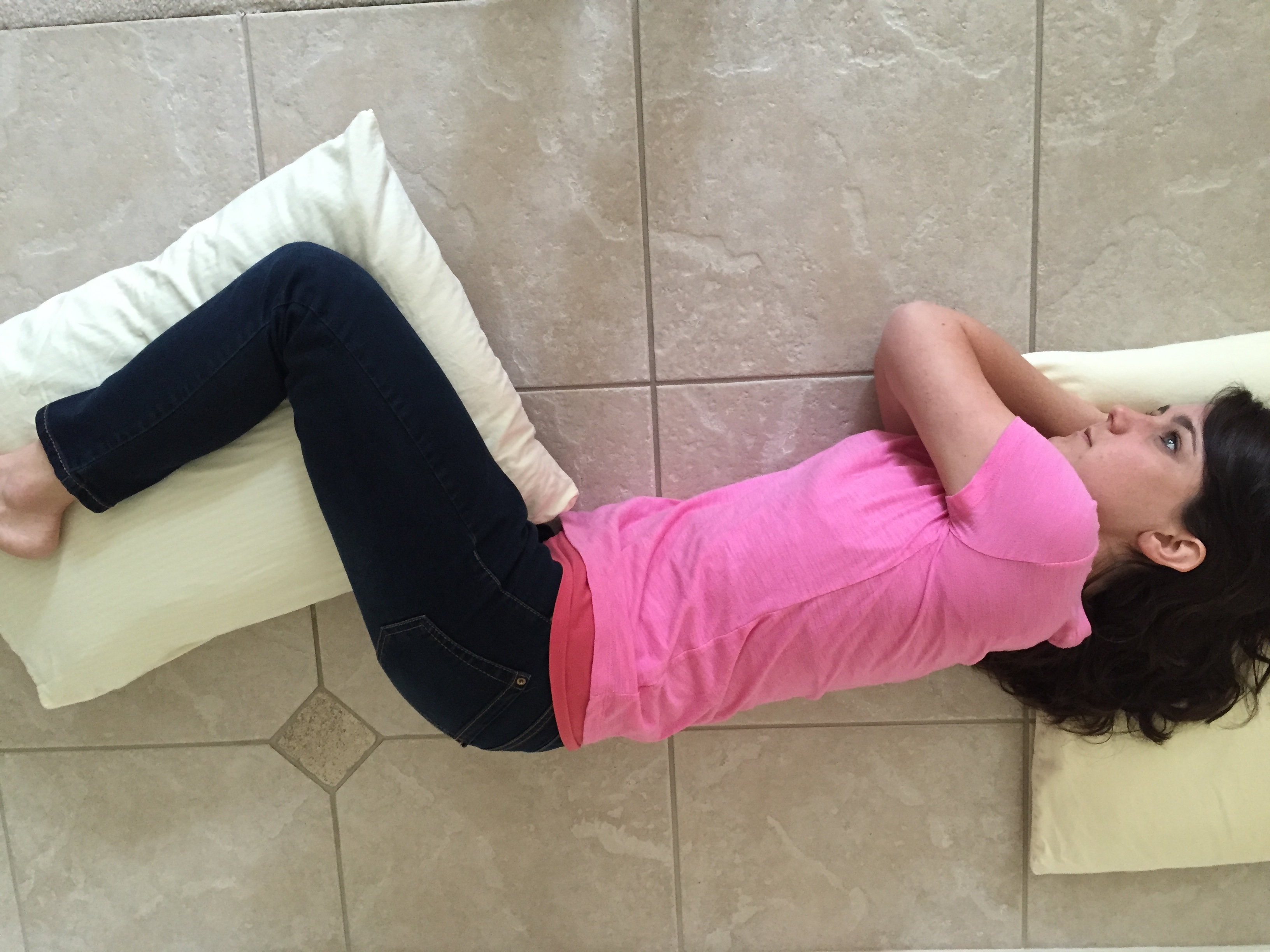
(I promise I don’t sleep on tile floors)
Second, I will address our sitting position. I don’t care who you are–you sit a lot. If you sit in bad positions like this
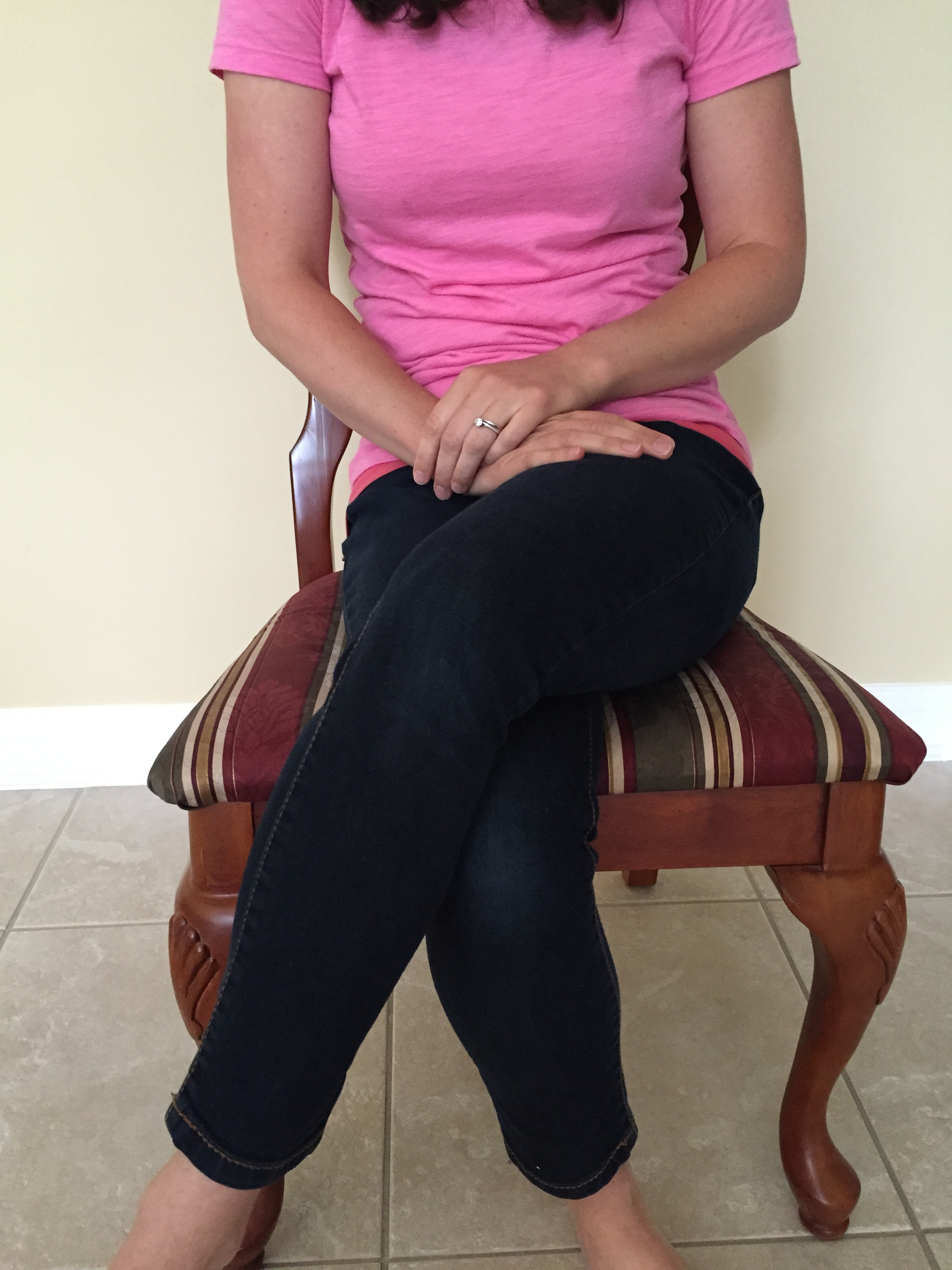
or this
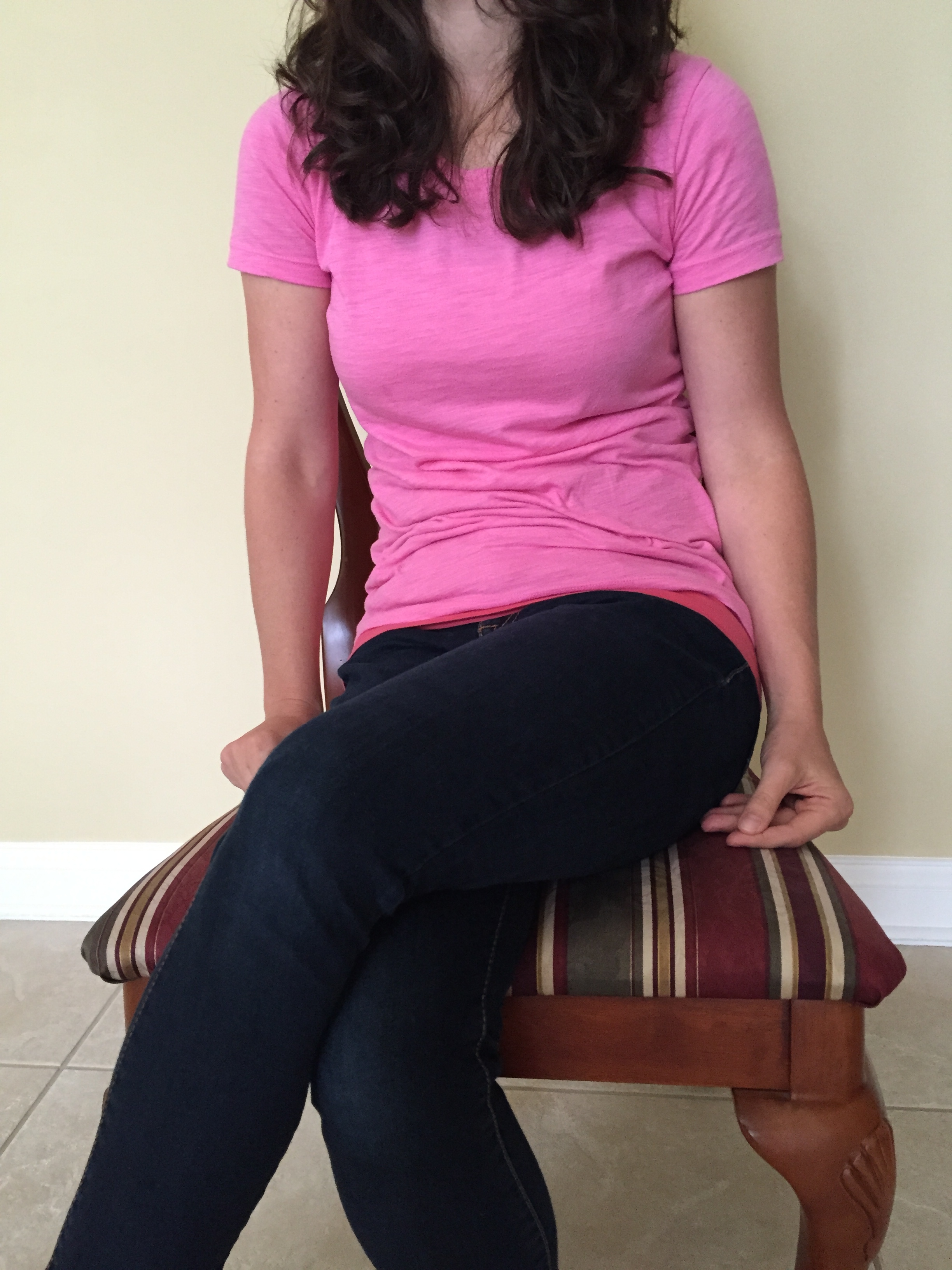
or this
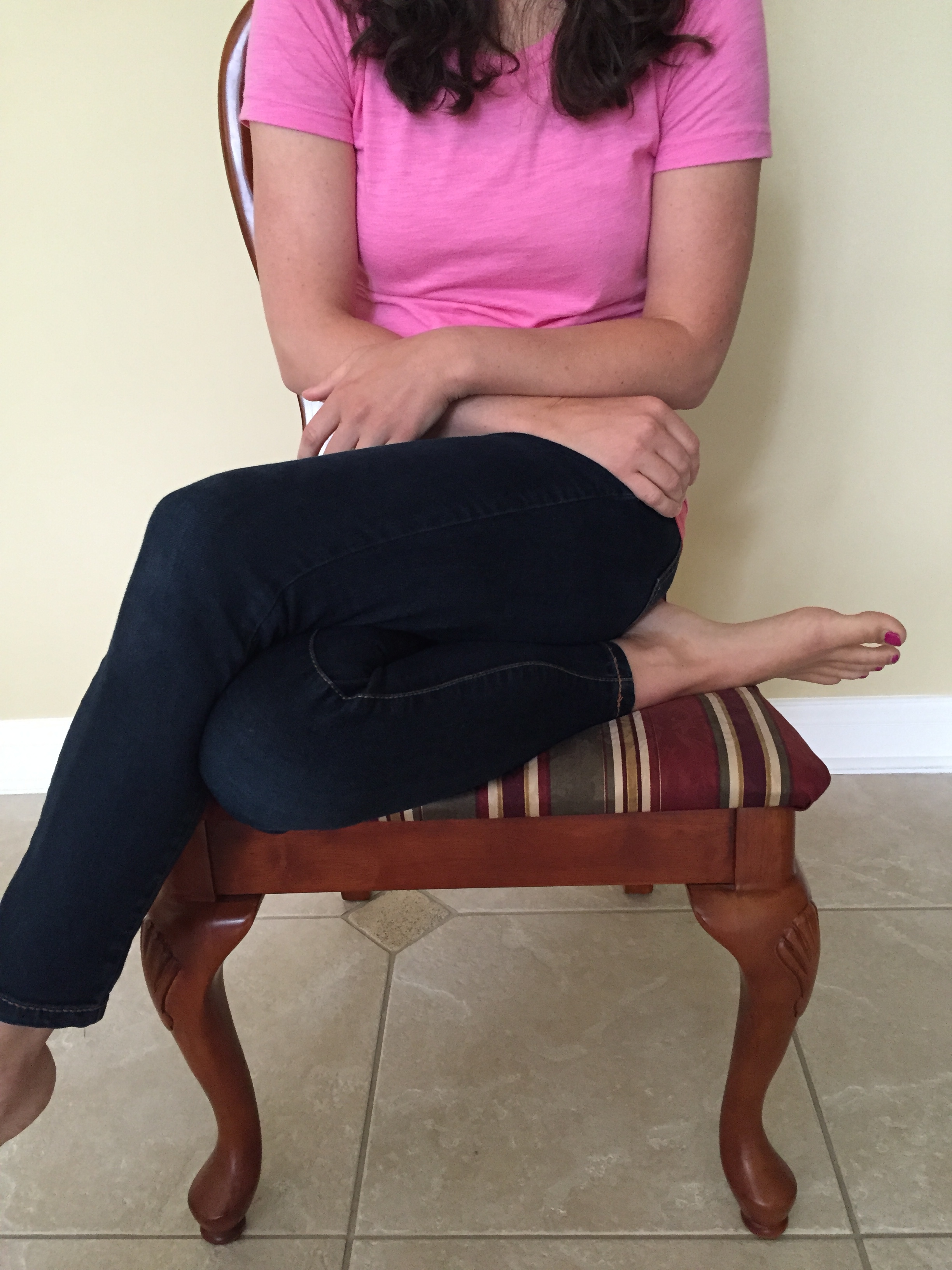
..let me just go ahead and buy you some of these.
Okay, bad joke.
Again, if our legs assume an “inward” position, our Kegel muscles are pulled taut, therefore stretched. You know how little kids look when they have to pee? They pull their knees in. That’s because that pulls the muscles taut. Over time, that position stretches the muscles, making them harder to contract. It is best to sit in a neutral position. I encourage you to modify your desk set up to make sure you are treating your Kegels well when at work!
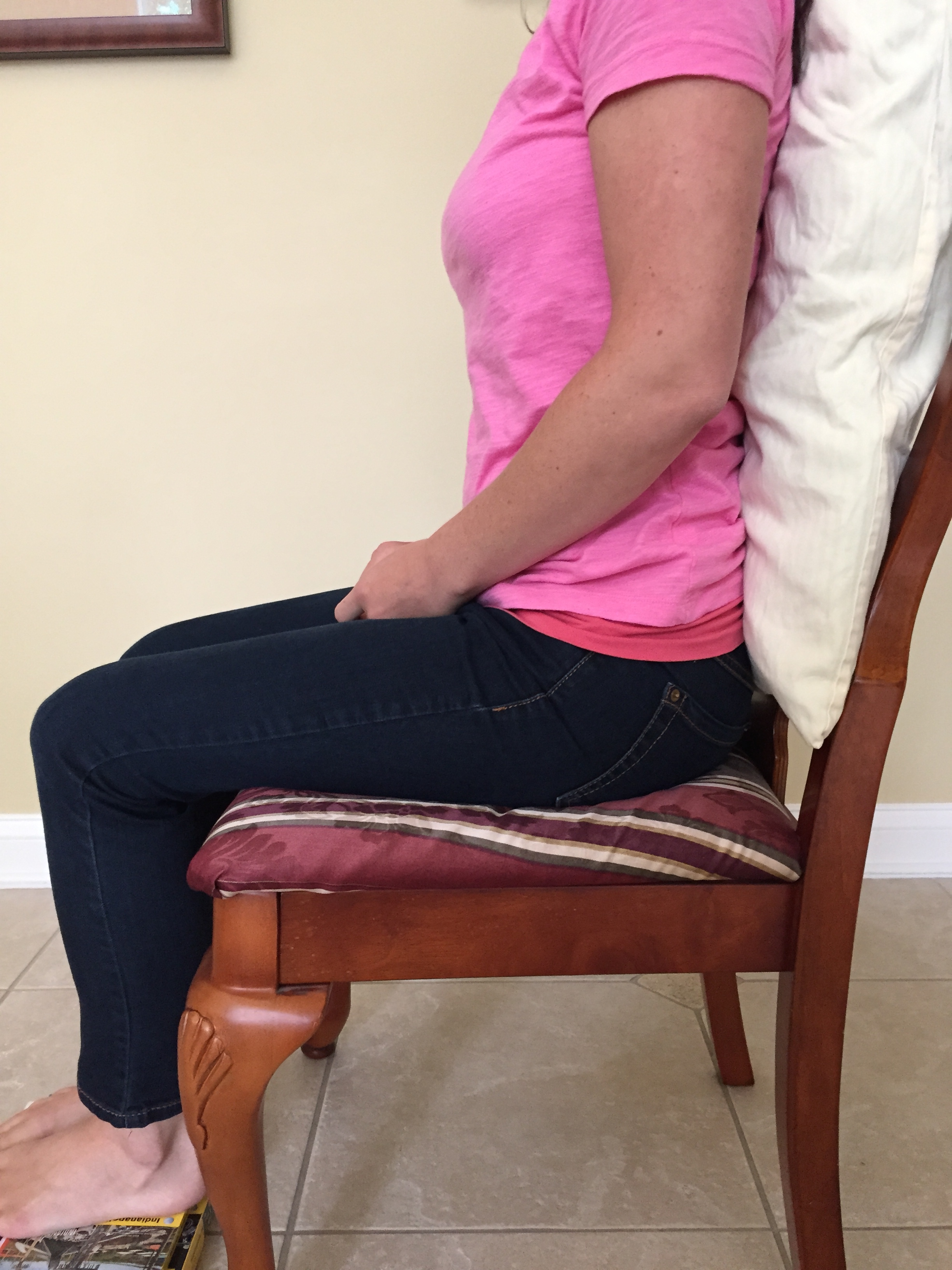
Lastly, our standing position can impact our Kegel muscles. Standing with your hip hiked and legs crossed puts your muscles in an asymmetrical position (ahem MOMS who let a kid sit on one hip all the time). Not only will it lead to back pain, hip and back muscle asymmetries, but can weaken the pelvic floor over time.
Another bad position for your pelvic floor muscles in standing your “tail” curled under too much. Yoga and pilates classes stress tucking your tail bone (which can be a good cue to get those abs and gluts to contract) BUT this places the pelvic floor directly under the torso nice and flat so that ALL the pressure from your internal organs rests on it, weakening it over time when it’s a habit. (yes, I know you don’t FEEL heavy pressure just standing there…but there is a such thing as gravity, folks)
So don’t stand like this
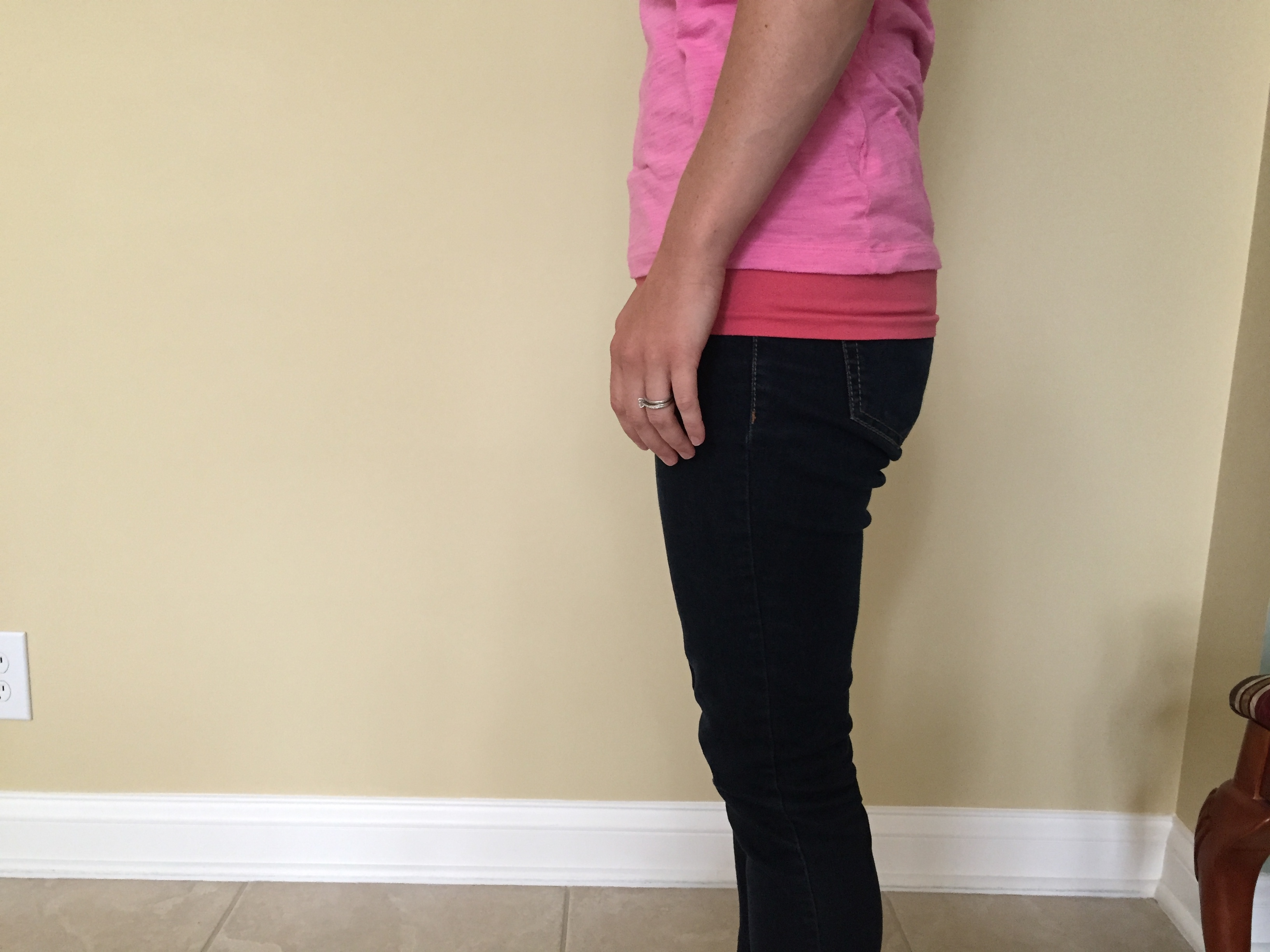
or this

or this
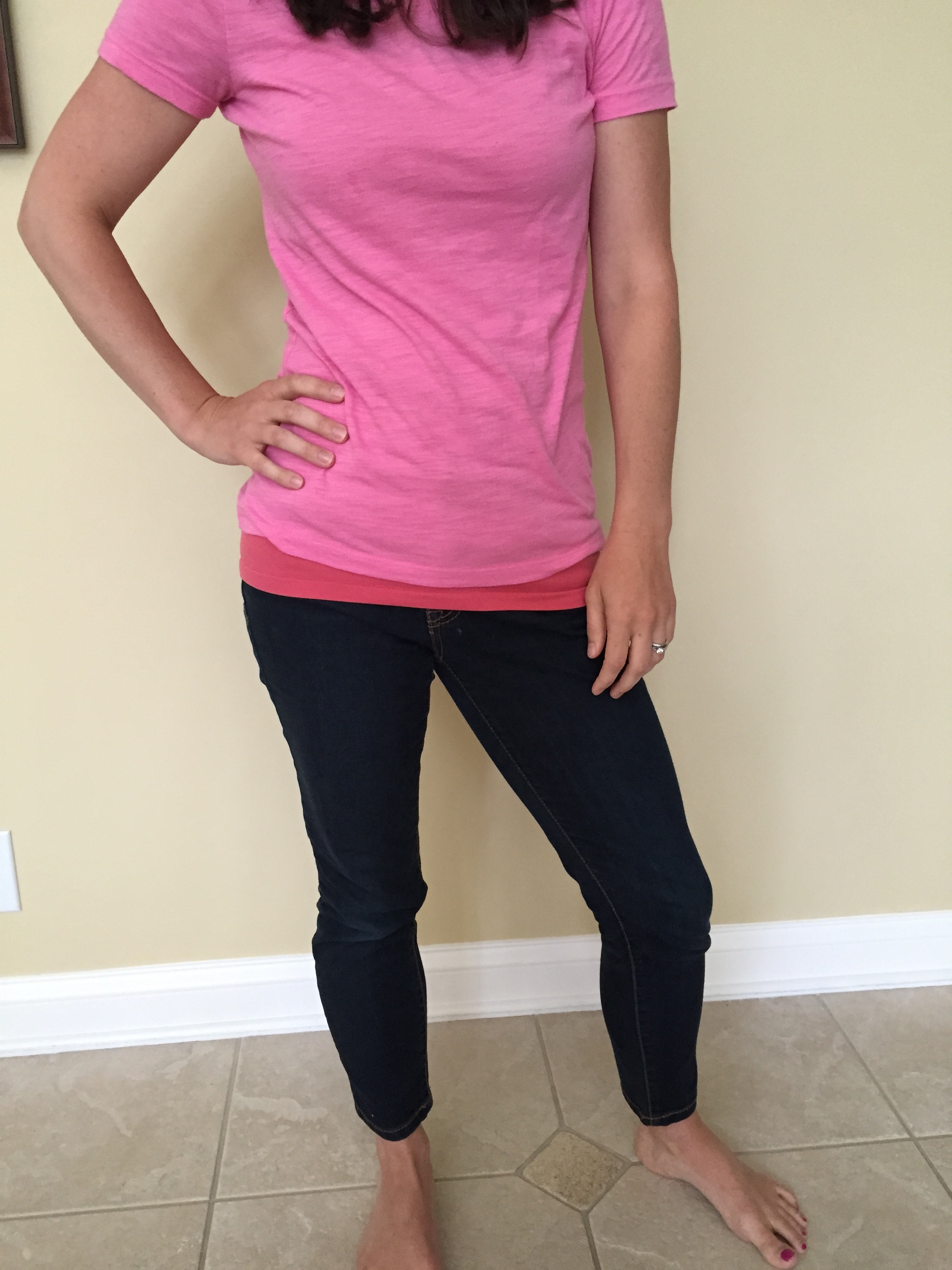
or this

Stand in a neutral position like this:

This may seem like nit-picky advice and may even seem unreasonable to do (especially ALL THE TIME), but try to start incorporating good posture and movements into your daily routine to take care of your body.
(Feel free to leave a comment below (you can leave one anonymously!) or send an email to kayleemayblog at gmail dot com with any questions. If I get enough questions throughout this series, I will post a Q&A post to conclude it)
***The content of http://www.kayleemay.com is for informational purposes only. The information presented is not to be taken as professional medical advice, diagnosis, or treatment. If you are having pain, or seeking medical advice, talk to your health care provider. Do not delay in seeking treatment because of information you have read on http://www.kayleemay.com. Taking recommendations presented on http://www.kayleemay.com is solely at your own risk***
